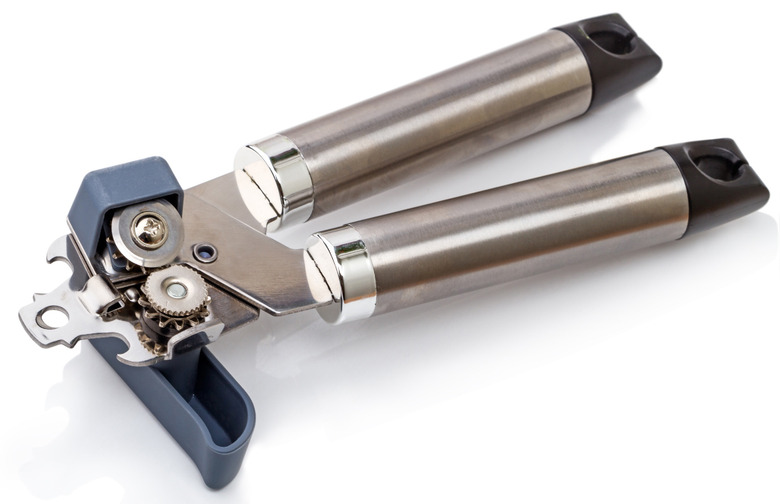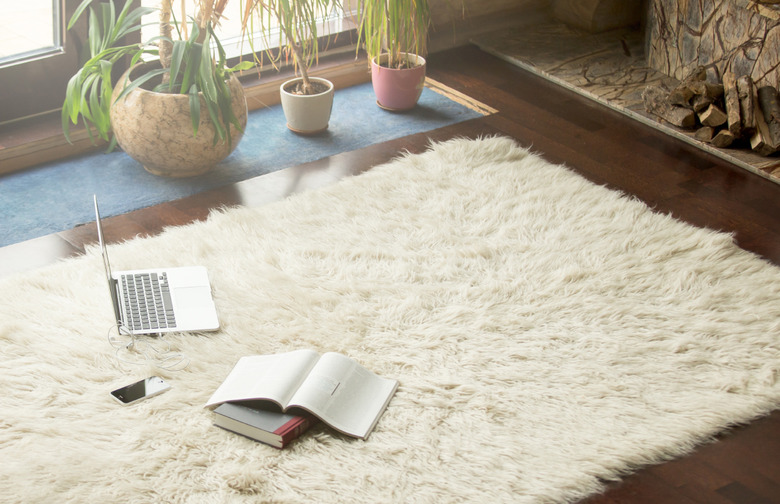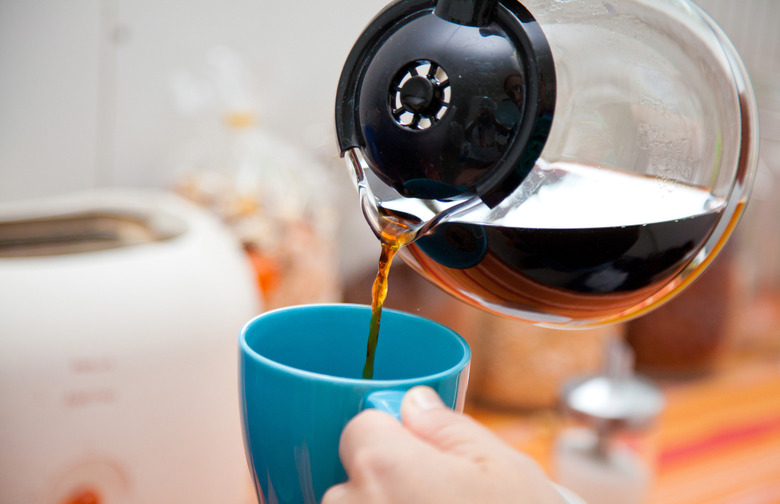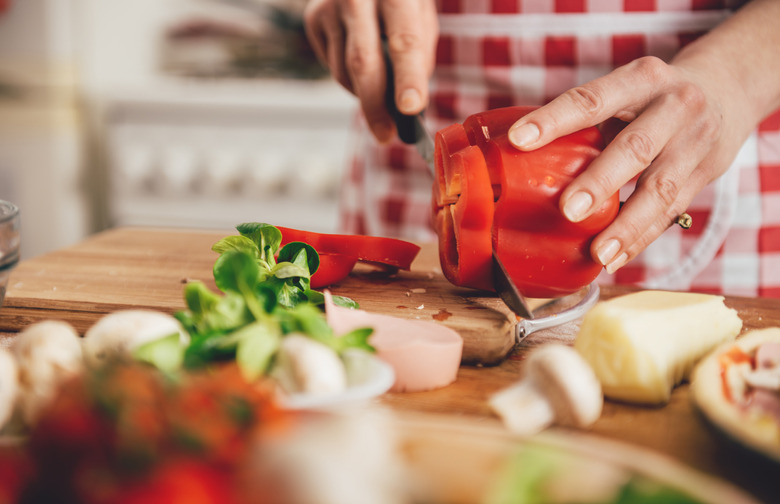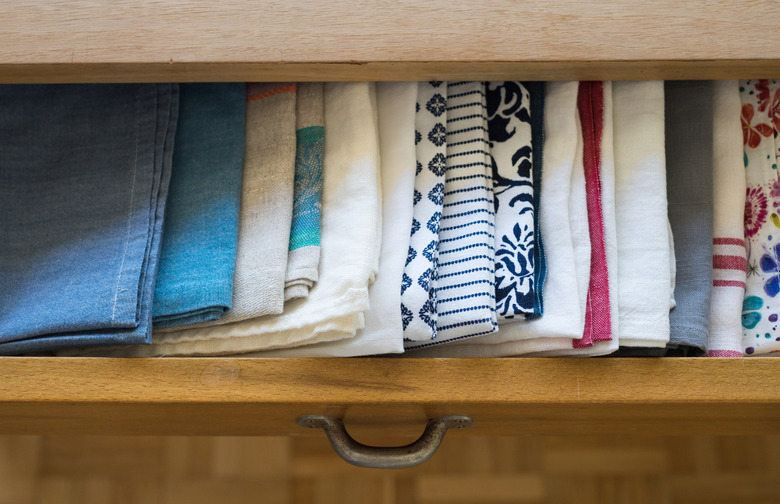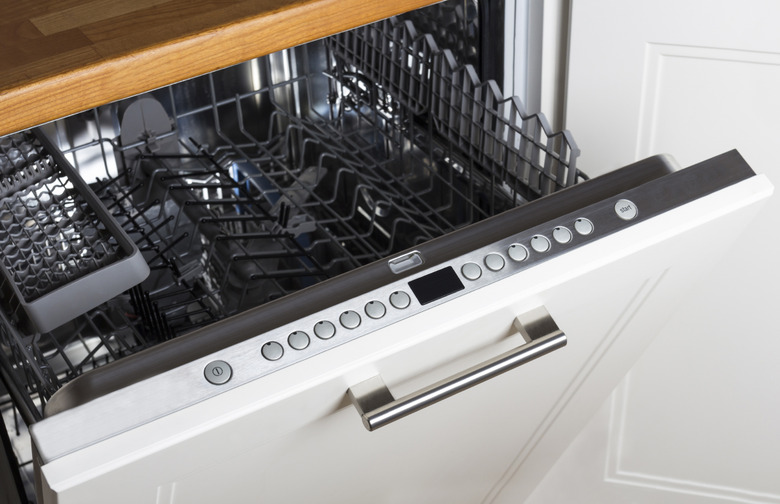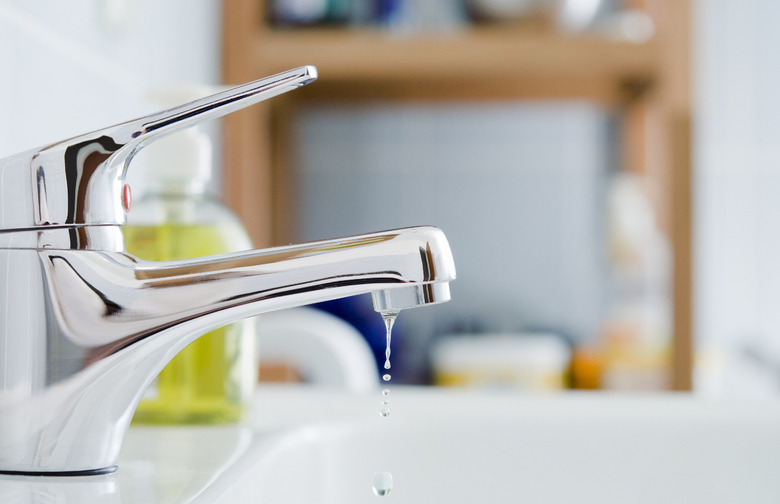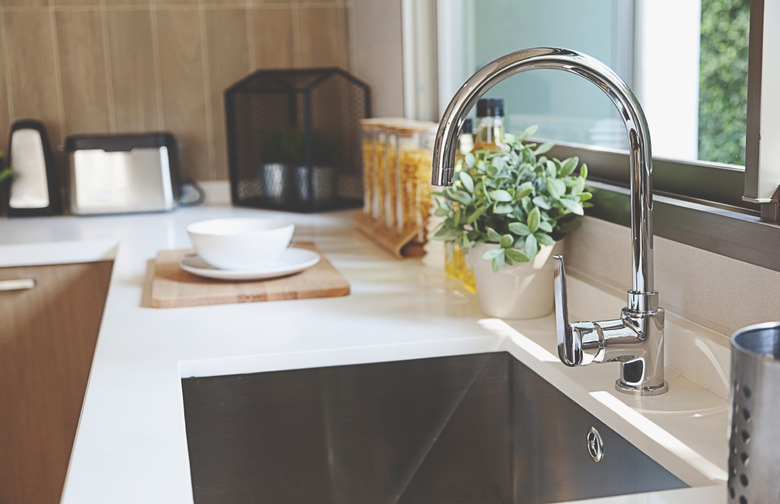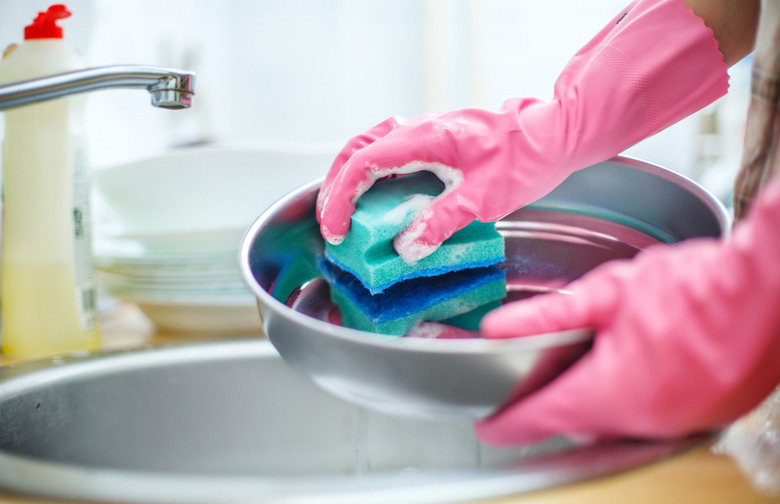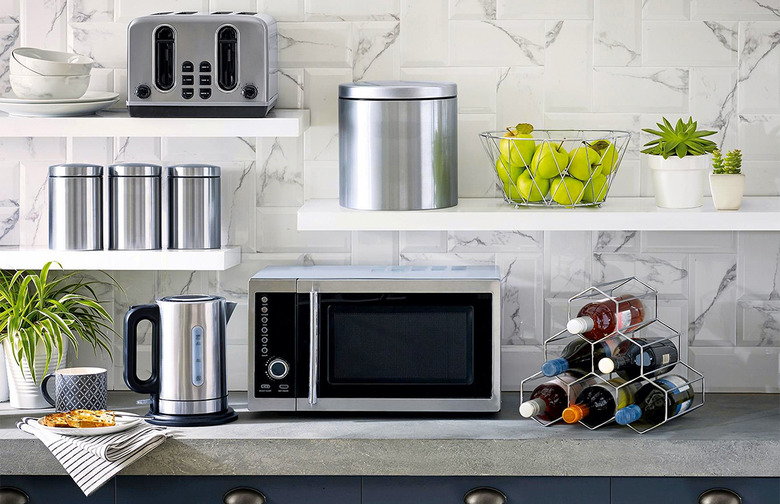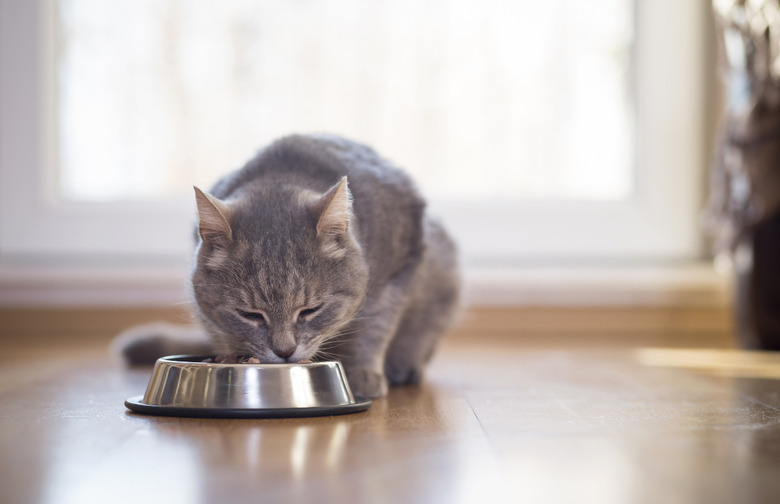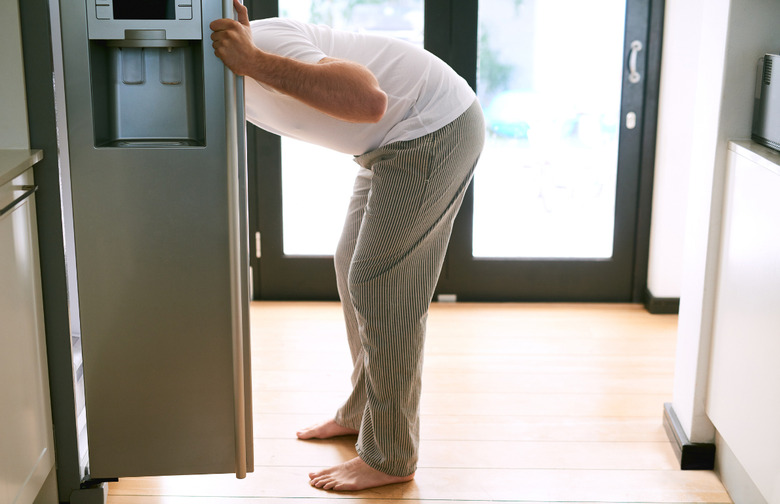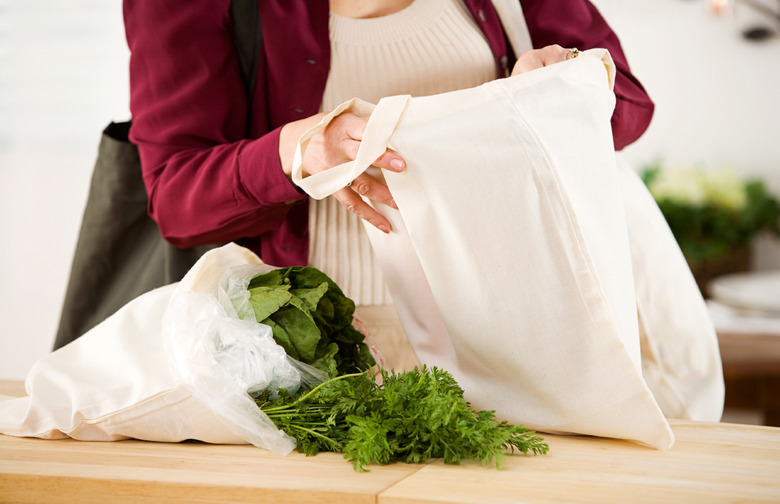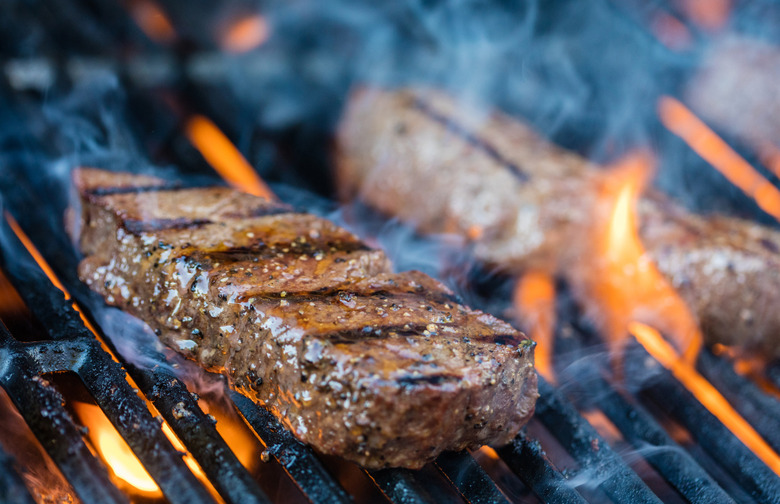These 15 Kitchen Items Are Dirtier Than Your Toilet Seat Slideshow
It's time we stop turning a blind eye to the grossest place in our entire household: the kitchen. We've been ignoring the problem for some time, but with the recent panic surrounding the travesty of infested kitchen sponges (it turns out that microwaving them has only been making things horrifyingly worse), gross kitchen habits are on everybody's minds.
The horrifying reality is that our kitchen environment is wild with infestation — infestation you ingest every time you eat something you cooked, cleaned, or even brought into your kitchen. Hands, mouths, and food waste are some of the most overgrown surfaces around when it comes to bacteria growth. E. coli, listeria, and even fecal matter call these surfaces home.
These surfaces also happen to move around your kitchen often, spreading contamination from place to place. And the average household does not clean often enough. We turn our noses at the thought of eating something that's come in contact with a toilet bowl, but we don't blink an eye when food touches these common kitchen items — and they're honestly so much worse.
Can Opener
Do you ever wash that thing? Think about it. You're cooking. You're handling raw meat. You're touching unwashed produce. And all the while, you're using that can opener. Since it doesn't come into contact with food or our mouths, we tend not to think of it as a dish — but we really should. All those germs add up, and those handles can become a festering ground for harmful bacteria.
Carpet
Your carpet is home to over 700 times the bacteria in your toilet seat. We wish we were joking. If food drops on your tile, it might not be the end of the world. But if it falls on a carpeted floor or a kitchen rug? You're better off tossing the dropped food immediately.
Coffee Pot
Inside of your coffee maker, there's a reservoir where the water hangs out between brews. Are you cleaning that? If you're anything like most Americans, you're not — and it's festering with mold. A dark, damp, cool chamber in your kitchen is the ideal resting place for a mold habitat or two. Once you do make a cup of coffee, the water from the chamber gets poured right into your cup.
Cutting Boards
According to an appalling study conducted by the University of Arizona, the average cutting board has two hundred times more fecal bacteria than the average toilet seat. Gross. It's from all the raw meat we slap on top — when we cut vegetables or really anything else, the knife we use cuts tiny, hard-to-clean nooks in the surface that bacteria from raw meat likes to get cozy inside. This could be minimized by buying a cutting board that's made not of wood, but of something sturdier instead. But regardless, it's clear we need to do a better job at cleaning those things.
Dish Towel
Bacteria love three things: moisture, warmth, and food waste. Your dish towel is home to all three. It's no wonder bacteria get cozy on the towel's rough and soft surface — a surface you probably neglect to clean as often as you should. How many times a day do you dry your hands on your dish towel's cloth surface?
Dishwasher Handle
The inside of the dishwasher might clean itself, but what about the outside? According to a study published in the Scientific American, 62 percent of dishwasher handles tested positive for fungi and, even more horrifyingly, over 50 percent tested positive for black yeast. Both of those things can cause illness and are probably unwanted in your kitchen.
Faucet Handles
The worst culprit of contamination is also the surface you can't possibly get rid of — your hands. And your hands are all over those faucet handles, both before and after washing them. The result is a surface that's more than twenty times dirtier than the porcelain throne in your bathroom. Really puts washing your hands into perspective, doesn't it?
iPhone
You've probably heard by now — your smartphone is disgusting. The surface of that thing harbors exponentially more bacteria than even the grossest toilet seat. But you're probably not thinking about that when you're setting a timer on your oven or chopping up vegetables. What would you do if you get a text while you're cooking? What about reading a recipe on an app? Without realizing it, you're transferring that swarm of sickness into your family's food.
Kitchen Sink
Another abhorrently unclean place where you, well... clean. It's the dumping ground of all your food waste and dirty dishwater; and yet, we treat it like it's safe to come in contact with all kinds of food and silverware. The drain is the worst offender, with some carrying over 500,000 bacteria per square inch. You might have to clean that cesspool more than once.
Kitchen Sponge
Okay, with bacteria levels this high, sponges should come with a toxicity warning. The average kitchen sponge is 200,000 times more infested than the surface of your toilet bowl. That level of contamination is unfathomable, and even more upsetting once you realize you've been scrubbing that all over your clean cutlery. Gross.
Microwave
Consider this myth busted: Microwaves do not kill bacteria. We've been using microwaves all wrong. In some cases, it can actually make an infestation worse. But if you're microwaving meat to defrost it, placing plastic containers inside, or even just making any kind of contact with the inside of that machine whatsoever, you're probably transferring some nasty bacteria to the surface. If you don't clean it off, the infestation will just get worse. Make sure you're wiping down the inside and the handles of your microwave with disinfectant before you're using it to heat your food.
Pet’s Food Dish
The inside of a dog's food bowl is home to over 2,110 bacteria per square inch. That's more than seven times the bacteria lingering in your toilet seat — and even more dramatically disgusting. Clean your dog's bowl. Our pets deserve better.
Refrigerators
Bacteria are lingering on both the handle and, yes — the inside. Your vegetable drawer could be home to all kinds of organisms, ranging from E. coli to listeria. Whatever's on your veggies before you wash them is probably also on the inside of that drawer. Plus, mold might be growing if you're not throwing away food before it goes bad.
Reusable Grocery Bags
You know those bags that carry your food, drinks, and pretty much everything else? They might be saving the environment, but they're giving your immune system a run for its money. Most people don't wash them. By neglecting to wash those bags, you're allowing all the bacteria from whatever you picked up in the grocery store to conglomerate on the handles and inside — areas that come into contact with both your hands and your food.
The Grill
It might not be physically in your kitchen, but it sure comes in contact with your food. How many times have you cleaned that ancient thing on your back patio? The average grill harbors 1.7 million microbes per square inch in its greasy grooves, according to a 2013 study. A toilet has half that — and we eat food directly off of the grill surface. And we think dogs are gross for licking the toilet bowl. This is twice as bad! Clean that thing before you use it. But once you do, by all means please do use it — there are so many delightful dinners you can make with the underrated appliance.

